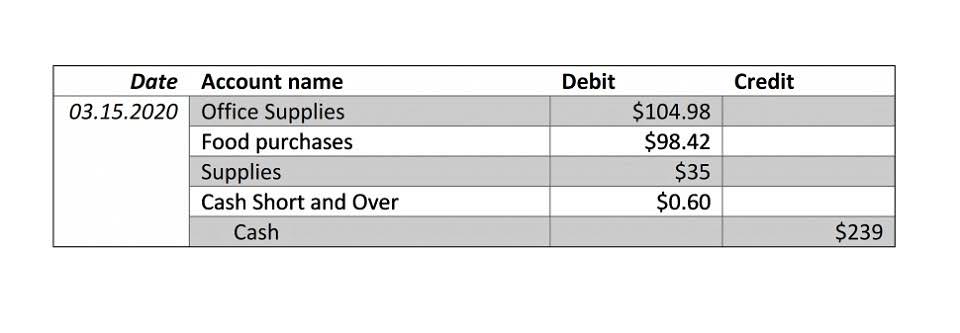
Stay on top of your finances, save big on taxes, and grow your business faster with doola. This will help catch any discrepancies early on and make identifying and resolving them easier. Understanding why discrepancies occur and how to address them can prevent potential financial pitfalls. A common mistake is transposing numbers, such as 750 instead of 570, which can be detected by checking if the difference is a multiple of 9. It’s possible that your company’s equity does not immediately equal the amount that remains after subtracting liabilities from assets.
What Are the Types of Book Balance?

Dr. Lisa Mosconi normal balance also includes a food plan recommendation that is super helpful. Let us understand the format of maintaining a petty cash book or a detailed cash book through the detailed explanation below. Among the different types of maintaining a petty cash book or a full-fledged one, the three types are as discussed below. Before attempting the reconciliation write up the cash book as fully as possible by using the following process.
- There will be very few bank-only transactions to be aware of, and they’re often grouped together at the bottom of your bank statement.
- In addition, consider using technology tools such as automated bookkeeping software or spreadsheets with built-in formulas for calculations to minimize human error during data entry.
- Reconciling these two balances is an important process, usually referred to as “bank reconciliation,” to ensure the accuracy of the company’s financial records.
- Balancing the books is a crucial process for any business owner, and it’s not just about making sure your financial records are accurate.
Effective Strategies for Accounts Receivable Management

If done correctly, the final balance on the two statements should agree, that is to say, the adjusted bank statement balance should be the same as the adjusted cash book balance. A bookkeeping checklist outlines book balancing the tasks and responsibilities you need to do regularly to keep the books up-to-date and accurate. It serves as a road map to ensure you correctly record and report all necessary financial transactions are recorded and reported correctly.
Time Value of Money
![]()
An accounting ledger is a book or system you use for recording and classifying financial transactions. The process is referred to as ‘balancing off accounts’ or balancing the ledger. Implementing robust Insurance Accounting measures for financial oversight and compliance is crucial to rectify the situation.
Our detailed guide on checkbook balancing serves as a straightforward introduction or a helpful refresher, breaking down the essentials into manageable steps. In addition to the guide, we offer a Checkbook Reconciliation Worksheet designed to streamline the process of reconciling your checkbook with your monthly bank statement. This worksheet is a reliable tool for maintaining accurate and current financial records.
- This is the case when there are bank fees or electronic transfers on the bank statement that have not yet been recorded in the company’s general ledger accounts.
- Many banks allow you to download account information directly into the software, making it easier to manage your finances.
- Using your mobile phone camera – scan the code below and download the Kindle app.
- You can go back through the online checkbook register and mark transactions as “Cleared”.
- Conversely, addressing a negative book balance requires diligent financial management and compliance to rectify the situation and avoid detrimental consequences.
- By implementing the abovementioned tips, you can ensure that your books are balanced and your business’s financial health is in check.


